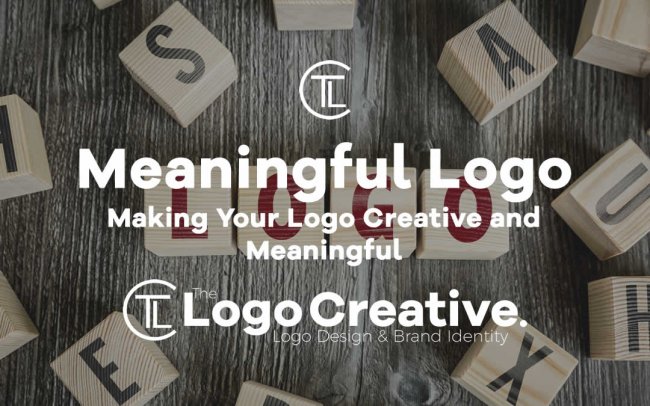There are many people out there that think designing a logo is easy, well in their case slapping an icon next to their business name that’s been typed in a ridiculous font is easy but designing a logo that is creative with meaning is much more than that and requires hours, day, weeks and even months of research to fully understand the brand and its visual representation. In this article we discuss Making Your Logo Creative and Meaningful.
To people who don’t understand designing a logo is much more than you think. Having the right logo design is a huge part of the overall brand visualisation process which gives that brand a prominent appearance in an international market. The demand for professional logo designer’s is at a high and this is because more and more companies and brands are beginning to understand the importance of its visual identity and the impact it has on their target consumers.
These brands want to target wider audiences and more potential clients and buyers of their products and services, and the key is to visually appeal and communicate to the brand’s target market.
Creating an inspiring, captivating logo for your business that is meaningful and connects with its viewers on an emotional level is a tough task to acheive but worth the time and investment when it’s done right. As we all know that a first impression is the last Impression! So creating an impactful impression and having a professional logo for your company is the best approach and investment you can make for the future growth of your company and overall brand.
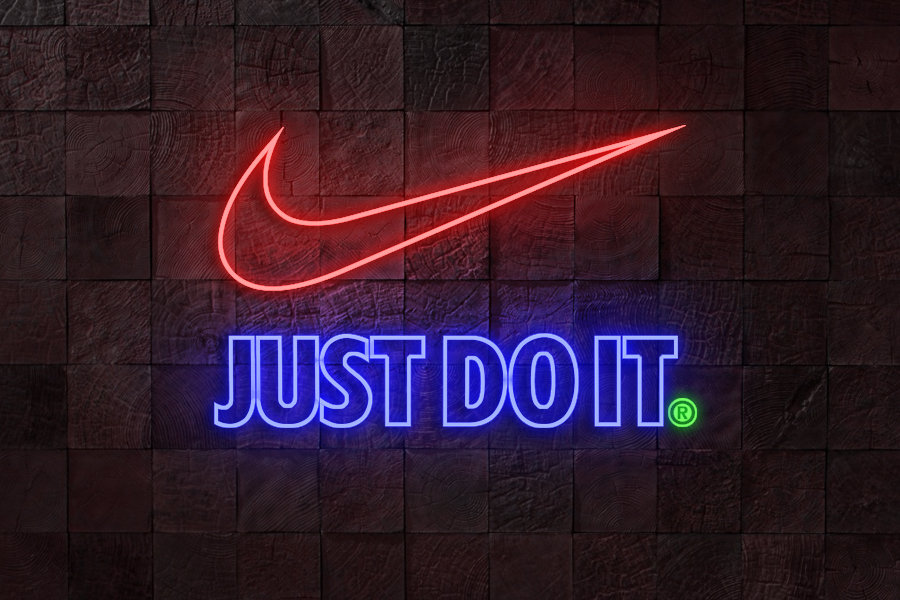
The brand’s Logo gives a distinct identity to your brand and business and makes you stand out and be different from your competitors. A Logo is not just an image it’s the face for your brand a visual identifier that consumers will in time recognise within seconds and instantly have an emotional engagement with.
As the logo is like an introduction to any brand and business it instantly conveys a brief message to your audience. The hidden message behind the logomark encourages the audience to want to learn more and more about your brand.
By this point, we should all understand that creating a logo is a long and skillful process when done by a professional, and it becomes a hectic mess when it’s being designed by someone who is unfamiliar with the basic principles of logo designing. Mentioned below are 10 ways which can help you to create a fascinating logo to enhance your brand or business. And if your a business owner looking for a logo designer we advise you invest in a professional logo designer.
Table of Contents
Research
The first stage of research is the key stage! which a lot of unprofessional designers skip and end up failing in the end because they don’t understand what it is they are designing or who it is for and why they are designing it.
Before deciding to visually create logo design concepts. We must first do research for logo creation to understand who we are designing for, and why we are designing it and what it will achieve. Try to dig and explore different ideas which can make your logo more meaning full and eye-catching. The time which you will spend in the research of the logo creation is exceptionally beneficial.
This research will surely help you to open your mind, and you will come up with new ideas but the right ideas and not just ideas. Before inspiring others first, you have to motivate yourself for crafting a meaningful and impactful logo for your brand that will be versatile and memorable for years to come.
While conducting research jot down the points which you think can be essential for your logo. Jotting down important points does not imply any hard and fast rule you can quickly write them on a note pad and can further implement those points in future concepts.

This whole research stage will help you to let your imagination wander in the deepest and most uneven sides of the imagination. The primary purpose of this research process is for the designer to fully understand the brand they are designing for such as
- Who they are?
- What they actually do?
- How do they do it?
- Why do they do it?
- What makes them different from their competitors?
You get the idea and this is only a few things! This type of information is crucial for a designer to know and understand. A good logo designer must layout the whole brand to fully understand who they are designing for and why they are designing a logo for this brand. Understanding the client helps solve the creative problem they are having with its identity design.
When the research is completed, the designer will be in a position to explore multiple concepts to focus on the logo being appealing and meaningful for that brand, The exploration stage is also a vital experimental stage in the logo design process concepts can be explored and more than likely the ones that where thought to be good are normally scrapped or further explored and made stronger and in most cases simplified. The first ideas are very rarely the best ideas and most likely the most obvious and common ideas that need to be explored more and further iterated into a unique concept.
Think Outside The Box and Use Your Imagination
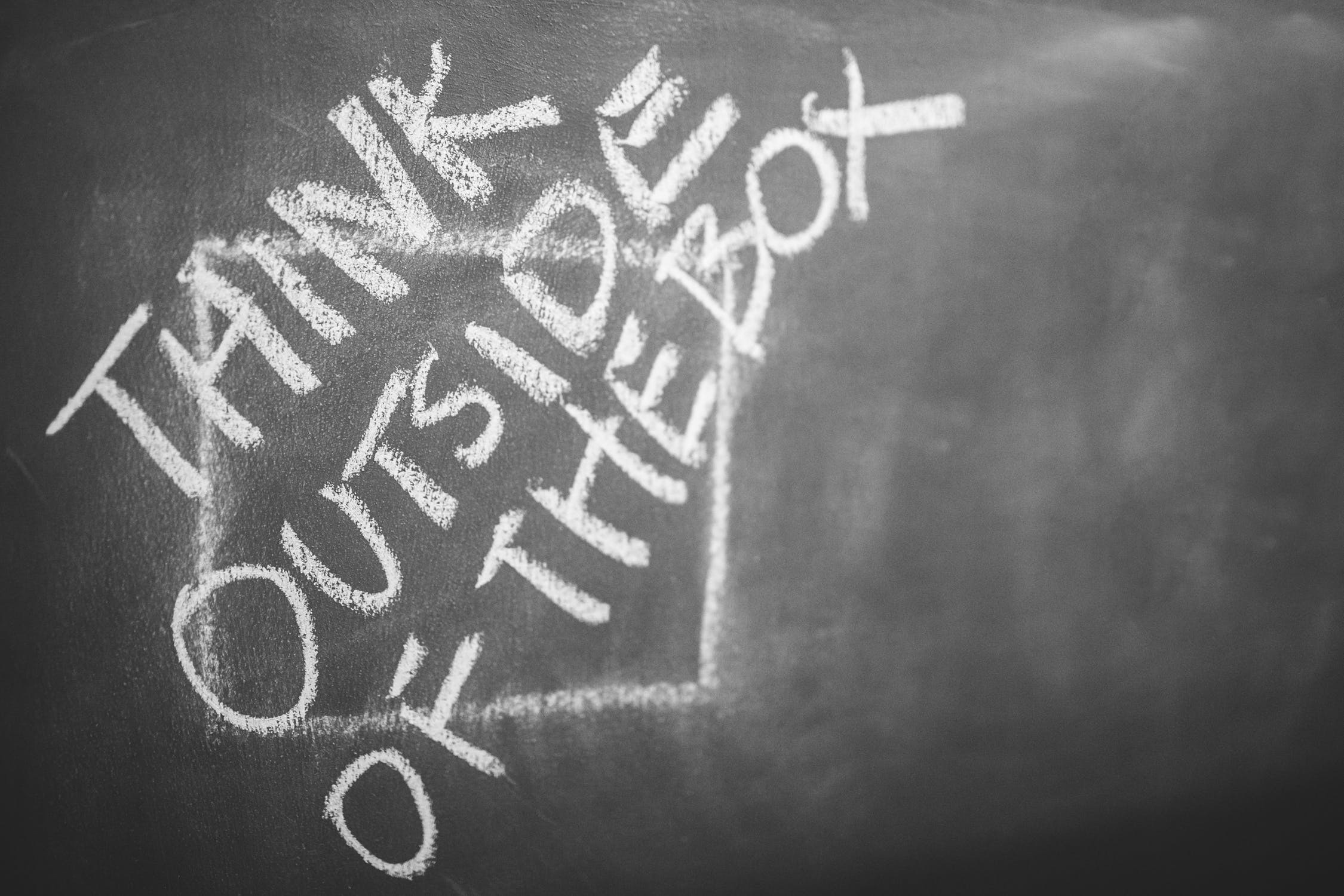
The logo design is one small part of the overall brand, but its the most important element and unique asset a brand can have. A lot of people think logos need to be overly complex illustrated designs that include everything about the business and this is so far from the truth. As I use in most examples when talking to clients take a look a the Apple logo does it say what they do? If you did not know who the company was by looking at their logo would you understand what they did? The answer is probably no. But in reality, the majority of people know the apple logo, they know the company and what they sell…Why? because over time they have built their reputation and gained the trust of their consumers and the logo has become such a big part of the brand and people buy their products that have that logo on it and people are proud to own these devices and pay a premium to own them.
Another good example is Nike…Again if you did not know the brand would you be able to know what they sold and the answer would again be no! but just like Apple they have grown their reputation and gained the trust of their customers with an emotional engagement with their advertising. And yet again people pay more for their product that contains its logo because they love and trust their brand.
Now before you say “that’s all well and good but they huge global companies and multi-million-pound brands” Yes they are but they were small and crusty, to begin with, and they grew their business by targeting their consumers by visually appealing to them and emotionally engaged with them.
Simplicity is key, being unique in the visual representation of your brand is how you become memorable in the eyes of your consumers, Once you have the consumers attention and they are in the door there are a host of other brand touch points that come into play to make the overall brand experience. The logo is the face and the first point of contact a consumer will most likely have with a brand that first visual connection is vital and it can make or break a brand! It’s important to get it right! If Apple or Nike changed its logo would you still look the brand the same way or want to buy their products? Personally, I can’t ever see either of those brands changing their logos because their logos sell products and become such a staple for both brands and there are plenty more brands out there that are the same.
The most well-known and leading brands use a simple design and simple typeface which is now ruling the hearts of their audience and boosting their ventures. Simple is the way to go and as we have seen over the years big brands are simplifying their logos.
As you can see from some examples below Starbucks and Mastercard have simplified its logo over the years and even removed the wording from its design as they have become so trusting in their logos just like Apple and Nike as it’s become so well known and identifiable as a brand mark.
Dunkin’ Donuts, on the other hand, is a good example of a brand that went in different directions over the years and not exactly simplifying but going from a simple wordmark in 1950 to a more complex design in 1956 then simplifying in 1960 and in 1970 changing direction again then changing brand colours in 1997 and in 2006 with a lightly come complex illustration from the 1997 one and then this year 2019 the completely remove the icon and the word “Donuts” to simply be “Dunkin'” and the end result being a simpler logo to visually represent the brand moving forward. So as we can see simpler logos seem to be the way forward as the bigger brands are proving.
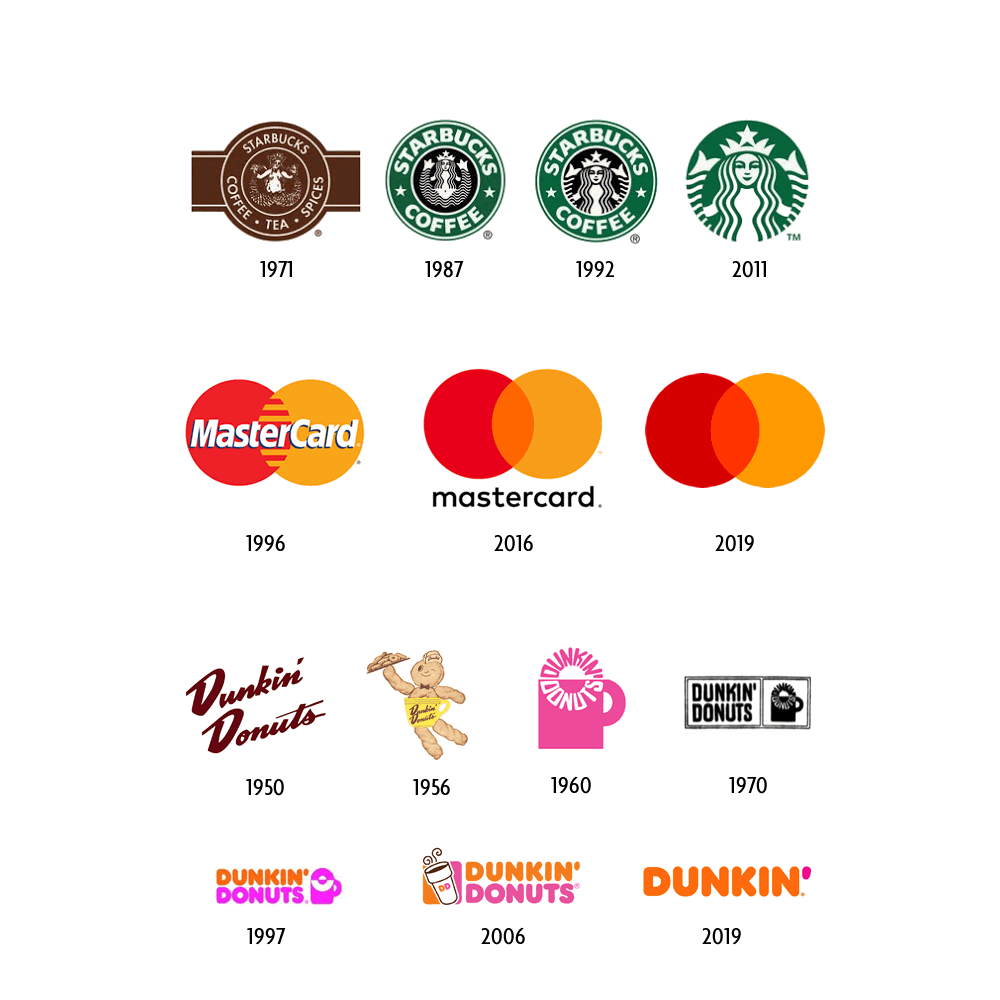
As simple logo may not be the way forward for certain brands, and a decision must be made of the type of logo the brand will have to represent it. There is a range of different types of logos that can be used such as wordmarks, Lettermarks, Monograms, Symbols, Icon, Brandmarks, Combination Mark and Emblems, and different factors will be a deciding choice to what type of design will be appropriate for use and this will all stem from the initial research that was conducted at the beginning of the process.
Give Your Logo Meaning
To give a logo, meaning let’s dig deeper with some tips and suggestions. Think about the following points before creating your logo:
- What makes your business look different from other competitors?
- What are the dominant values of the business?
- What words come to mind when you think about your brand? Think about the emotions and feelings associated, How do you want the consumers to feel?
- If you had to present your business in images and colors how would you present it? This may sound strange, but think simply and try to adopt a minimalistic approach we need to remove all the excessive elements and try to get down to a basic and most simple form visually. This will give a new dimension to your business logo design.
- Think about how the logo will be displayed, where will it be displayed? On what will it be displayed on? think of all the mediums it will go on such as online and physical platforms and be sure to test the look on real-world applications when a concept is being considered.
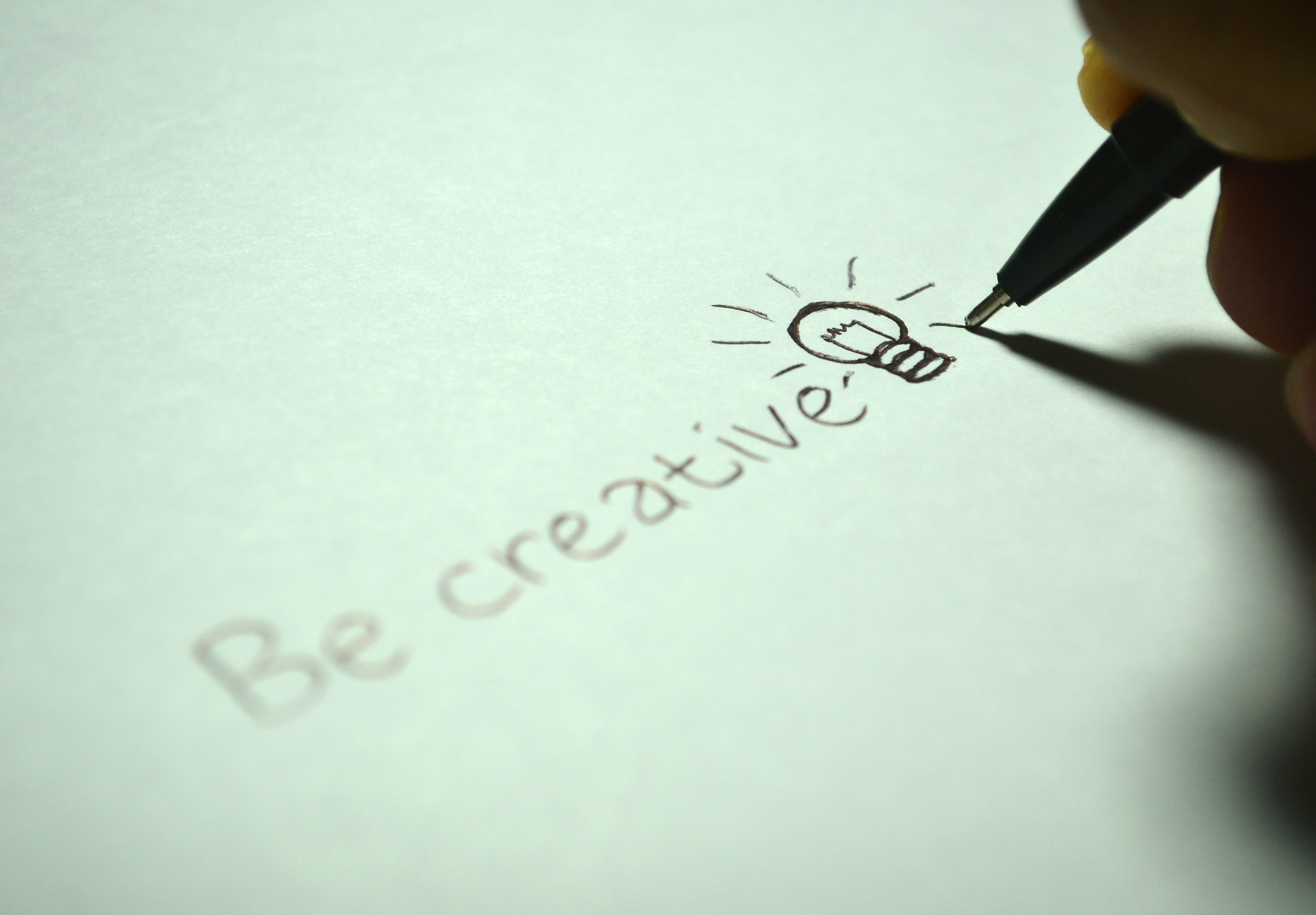
Once you accomplish your goal and you feel you have the final logo concept that will be suitable for the brand, learn how to explain why you have designed this logo in such a way? Give it a correct and authentic back story so that their logo can relate the meaning of the brand story.
There are some things which you have to avoid while designing a logo:
• If you think that people are running towards the same thing, don’t get involved in that rat race. Start your kind of own race.
• Avoid using pre-made logos or online logo makers simply put they are trash and have no value all they do is generate, and they generate the same thing for other people so nothing is unique, and there is no human element, no research, no nothing just a trashy unmeaningful and far from creative design! If you want a unique logo and brand identity work with a human professional logo designer who will listen to you, research your brand and design unique concepts that are creative and meaningful to your brand.
• Don’t load your logo with extraordinary detailing, I have lost count of the number of times I have had to say to a client “a logo does not have to explain what you do!”; it doesn’t mean that you have to detail it intensely. Always remember simplicity is key!
Never Go Back From Where You Have Started Before
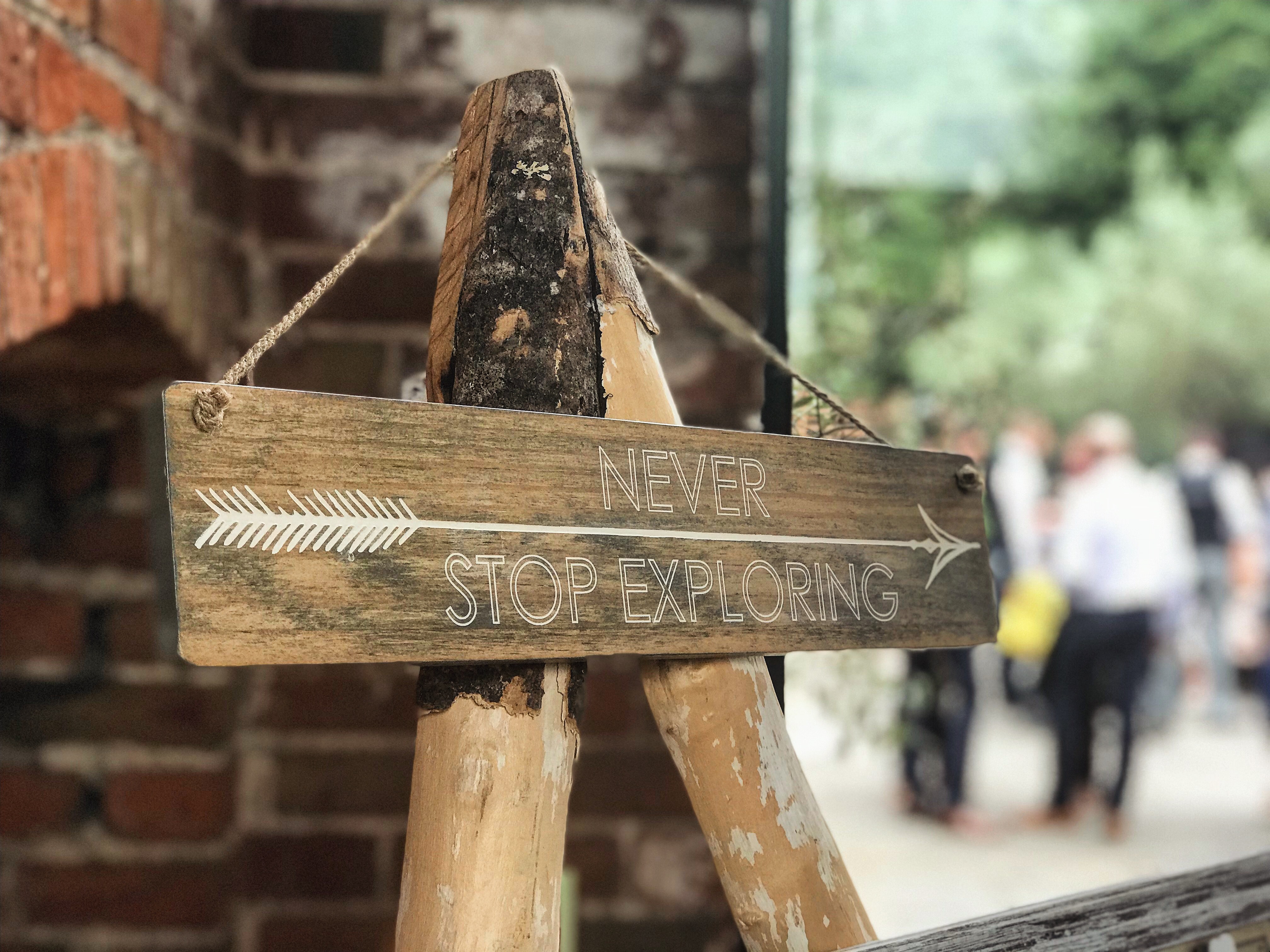
I’m fairly certain that this will have happened to most designers at some point in the logo ideation stage. You’re designing a logo concept and after several attempts of moving, shifting and tweaking, it just does not seem to be working out or the desired outcome is not giving you the satisfactory vibes you were hoping from it, so you stop never to return to that idea again. Does it happen to you? If it does which I know it will have, I feel it for you! But this is normal and happens to the best of us its a natural stage in the entire process and you need to train yourself to embrace this when it occurs.
As a designer, you will never go back to right where you started at first in the design process, It’s very rare that the first idea is the best idea, it’s always developed and improved over time. If you always stick with the first idea as a designer you will never unleash your true potential. It’s important to remember that trialing ideas will eventually equal perfection! It’s important to embrace the fact that some ideas don’t work out at first and those ideas need to be explored further until you hit something special, unique and appropriate. Never stop exploring until you feel that spark, you will know when you hit it!
Figure Out The Need Of The Logo

The big question is “Do you really need a logo?” This question is one of the most critical questions you need answering before embarking on designing a logo. Why? because a new logo design is not always the answer if a brand is struggling to stand out and make an impact. Some brand logos may be powerful enough to give them a good position in the market it may just need attention in a certain area an alteration to simplify or portray a different meaning and a full redesign may not be the answer.
Some other brands think they need a new logo when in fact they don’t and it’s another brand touchpoint that is hindering the brand and causing issues. The company could have a good logo and it could be the website that customers find difficult to navigate and user experience is causing loss of sales. It could be there in the store process that customers have a bad experience with and this needs altering or changing completely as this is affecting the customer experience. It could be a number of issues so it’s important to try to understand the need for a logo and its goal.
Opinions Matter
Before making that final decision even if your heart is set in stone just before you commit to signing off your logo design go seek opinions from friends, family or even work colleagues as those opinions can sometimes help in the final deciding moments.
Their ideas and imagination and overall opinions are welcome their input can help spice up your logo design. The more ideas, the more creativity is always useful.
Make The Magic Happen
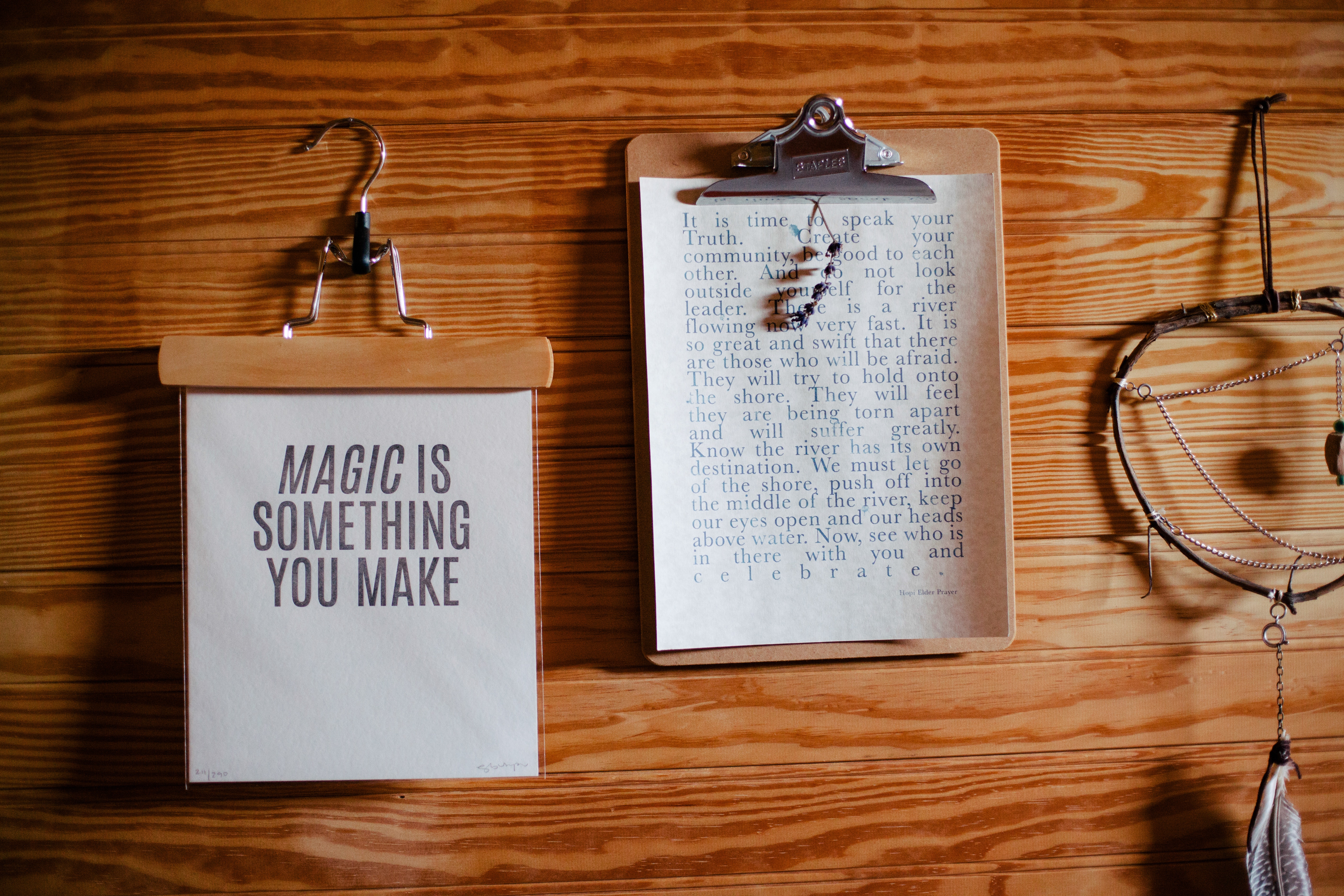
After analyzing and testing all aspects which have helps you to furnish your logo design now, it’s time to work on the rest of the brand or business.
Listening
It may seem simple but most brands and businesses fail because they don’t listen to their clients or their competitors, and it’s vitally important to know what they are both saying so keep listening to the industry. A lot of brands and businesses are invisible on the web and I don’t mean you don’t have a website! You need to utilise social media also known as “Social Listening” be aware of what’s around you, and this is an ongoing process to learn to listen with social listening skills to keep track of what is been said. This exercise will give you the upfront answers to help you foster and create ongoing positive experiences and engagements.
In business, I think the areas below are very important areas you should be focusing on and be consistent with implementing regualry.
Show Individuality
Don’t hide behind the brand identity. You need to customise whenever possible, You can start by using collected customer data to help create personal experiences within your customer service and product interactions. Suprise your consumers by being personal making your brand personable instantaneously. Study and fully understand the individual quirks of your audience, ask them to submit feedback about how they use your products and services. This way you can learn how to better cater your products and services to them in a more personalised way. By blending the mix of personalisation and customisation in your brand you can celebrate the limited nature of your products and services and together they work magic.
Be Transparent in Business
Being open an honest is always the best way to be especially in business showcase your business transparency by revealing all to your clients they will instantaneously trust you and your business over the competitors. Commit to your business and understand its a one-way path and don’t expect to make any u-turns, it’s important to trust yourself and your clients will trust you and your business.
Try creating a strategic plan for your business transparency know where to draw the line!. Measure this against your projected return of interest (ROI), and only promote the most important areas of transparency and the others can be put on your green list and they become brand surprises for continued storytelling and consumer delight.
Providing Value
Providing value sounds easy right! You’re providing a service the client needs! You’re selling a product they need! that’s all well and good but why are they purchasing from you?. Be different from your competitors and provide value and create the unexpected to delight your clients.
Catch them when they least expect it, and shake things up through delightful suprices. These small gestures go a long way in your personal life as much as it does to a clients purchasing preferences. Simplifying complex tasks for your clients is at the root of brand delight in the digital age. Map your user journey and start implementing steps to make it easier for them. Don’t think only of them; think for them.
Being Consistent
A consistent brand is a more dependable brand in the eyes of the consumers. When you’re getting to know a brand for the first time, you start to develop opinions, ideas, and assumptions about it based on your interactions and experiences.
You don’t want your brand to be known as unpredictable. Don’t be sending mixed signals that will confuse consumers and leave them feeling like your brand can’t be trusted. Brand consistency is part of building trust. Why do you always buy the same brand? Because it’s predictable. You know what to expect and you know you will like the outcome.
Giving consumers a dependable experience across all your channels of communication works along the same lines as always putting out a dependable product or service.
Developing a seamless look for your brand across all mediums including your website, all the brand’s social media channels, even in your store and on your product packaging will make consumers feel more comfortable with your brand, and will make them more likely to purchase from you again.
We hope this article about Making Your Logo Creative and Meaningful has been helpful, and be sure to leave your comments below.
Useful Links & Great Deals

